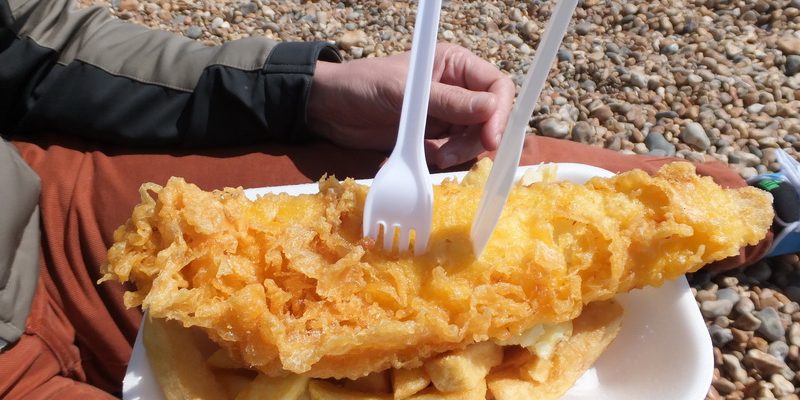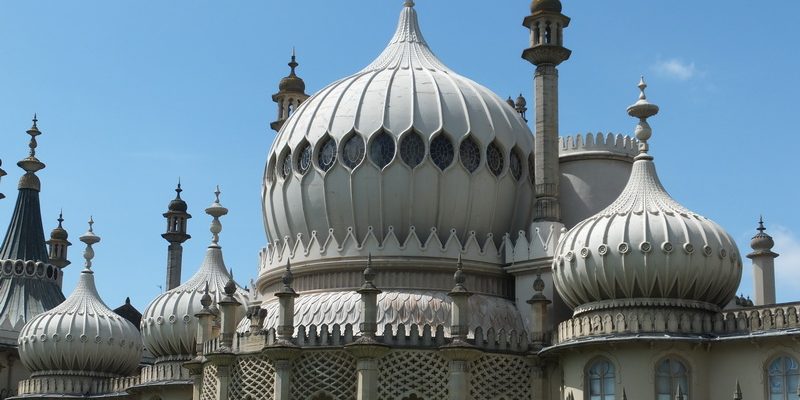Who travels to the UK is going to notice it: “THE” typical street food is Fish and Chips. Be assured that we had it on our list, too and on our day trip to Brighton we picked one of these greasy sins up at the pier.
Continue Reading about Fish and Chips – we tried typically English street food in Brighton!



